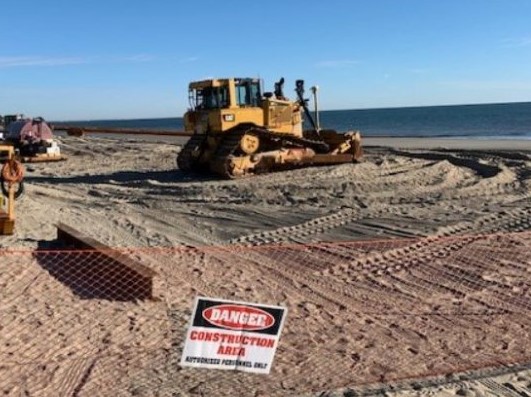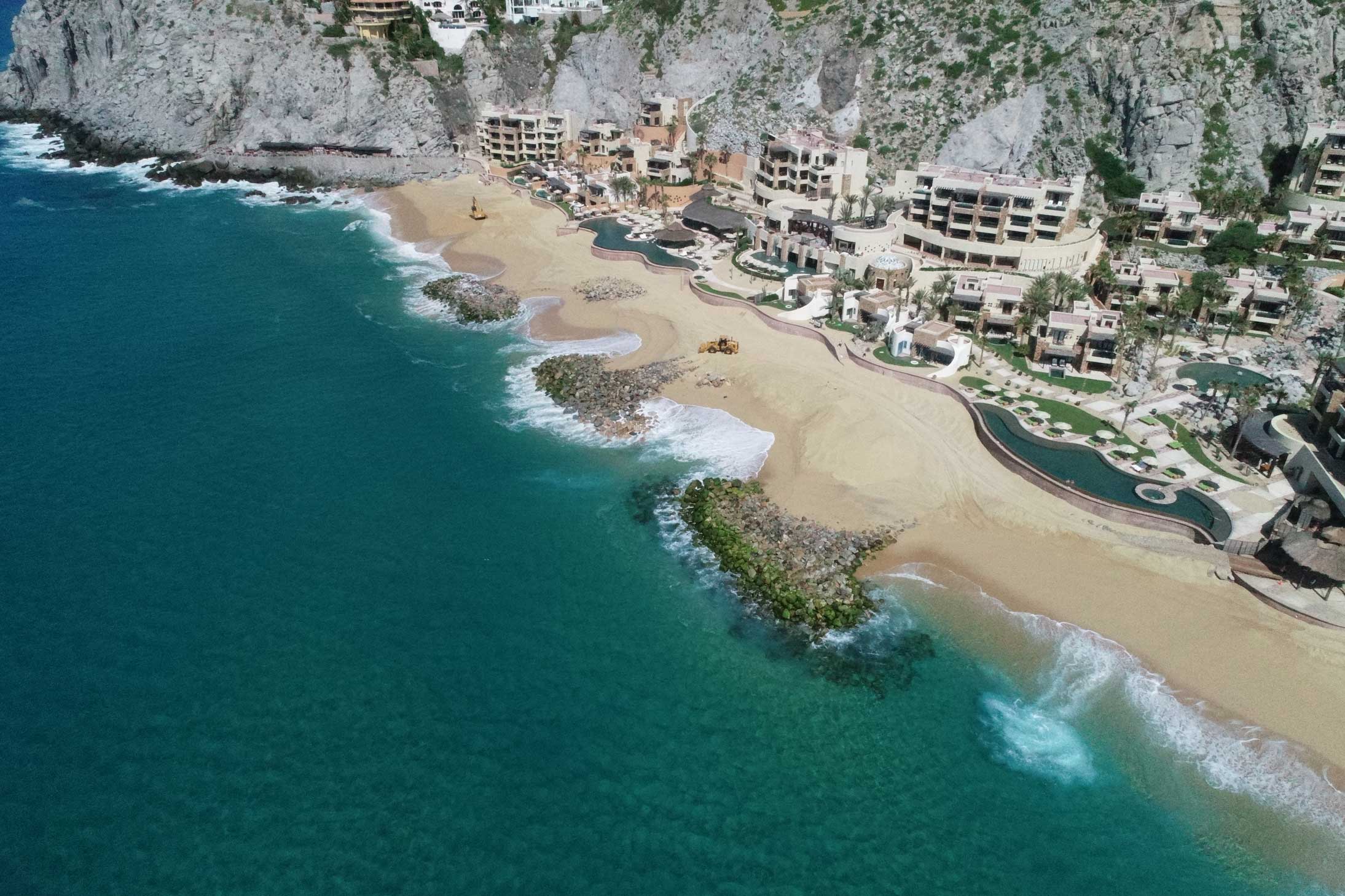Getting The Shore Protect Team To Work
Table of ContentsThe smart Trick of Shore Protect Team That Nobody is Talking AboutShore Protect Team for BeginnersRumored Buzz on Shore Protect Team8 Easy Facts About Shore Protect Team ExplainedExamine This Report about Shore Protect TeamNot known Details About Shore Protect Team
Living coastlines make use of all-natural products such as plants, sand, rock, or oyster shells. They provide environmental benefits, consisting of creating habitat for wild animals and filtering contamination from the water. Gradually, living shorelines can come to be more secure as plants and root systems expand and establish. They are commonly low-maintenance and have a tendency to cost much less than hard shorelines, for both installment and maintenance.They normally supply marginal to no environmental advantages. Hard coastlines often tend to weaken over time as a result of deterioration from waves and storms, and they can incur greater upkeep costs if they need considerable fixings. Factors to consider for what techniques to use to support a coastline differ based upon specific conditions at the site, such as the amount of wave power, variant in low and high trends, and the incline of the coastline.
See This Report about Shore Protect Team


Growing indigenous plants like dune lawn is a reliable strategy to coastline disintegration control. The friction prevents wind from easily blowing away the debris that make up dunes. In locations where sand has already been severely worn down, sand replenishment is a practical method for reconstruction. Coral coral reefs safeguard coastlines by functioning as a buffer for waves and unstable currents along with obstructing ship access.
The Only Guide to Shore Protect Team
They restrict the transport of shoreline sediment by recording the longshore current and are developed to protect long stretches of land from erosion. Debris that is cleaned down the coastline is gathered on the updrift side of the framework. Breakwaters are structures built alongside the coast that "break" waves, decreasing the effect on the vulnerable debris of the coastline.
Made of rock and debris, breakwaters are commonly immersed undersea yet in some cases can be seen from above. bulkhead maintenance. This disruption of waves minimizes the seriousness of coastline disintegration. Seawalls, additionally referred to as keeping walls, play a considerable role in beach remediation. Typically made from difficult products like rock, timber, and concrete, they protect against tornado rises and are often made in emergencies as a result of their efficiency and quick building.
The Basic Principles Of Shore Protect Team
Dunes are sand reservoirs that function as obstacles versus wind and water to keep coastlines undamaged. Flooding bags like TrapBag can be used to support dunes and strengthen the ecological community of coastlines. Since sand is such a lightweight compound, it is easily blown or purged away by wind and water.
International climbing sea levels posture a danger to dune throughout the globe, yet TrapBag can decrease erosion by enhancing the dunes at their core and securing dunes from low-lying wind gusts. TrapBag can be made use of to produce seawalls and various other shoreline disintegration protection structures. Coastline disintegration control needs sturdy products that won't pave the way despite heavy wind and turbulent waves, and TrapBag's high-strength fabric layout fits the costs.

Shore Protect Team for Dummies
Makes sure conformity with Georgia's Coast Protection Act, managing tasks near dunes and beaches. Works with federal, state, and local agencies to enforce ecological regulations and policies. https://gravatar.com/seshrprtcttm. Offers support to homeowner, programmers, and city governments on governing needs. Locate responses to common inquiries regarding coastal licenses, revocable licenses, and other essential information.
If you are preparing any type of building and construction or task in or near salt marsh in the State of Georgia, you have to contact our office for a jurisdictional determination and to discover out if you require a CMPA permit for your project. The Coast Defense Act (HEALTH CLUB) controls tasks and frameworks in jurisdictional coastline and shore areas.
Because 1982, the North Carolina Coastal Federation has functioned to secure and bring back the seaside water top quality and environments of North Carolina. We engage people from all profession, both citizens and site visitors, that are committed to preserving the North Carolina shore for present and future generations. Whether you live and work with the shore, see once in a while, or just desire for strolling along our beautiful beaches, the health of your globe depends on healthy and balanced oceans and coastal environments.
The 30-Second Trick For Shore Protect Team
We involve individuals from all walks of life, both homeowners and site visitors, to assist us protect and bring back the shore for existing and future generations. is the Federation's prize-winning, daily, news service covering the environmental news of the North Carolina shore. Insurance coverage includes scientific research innovations, federal government, and governing activities, and education, along with the environment, society, and background of the state's 20 coastal counties.
Content choices are made independently of the author and any other persons or passions. Released in 2012, Coastal Testimonial has belonged to the North Carolina Press Organization because 2015. In 2021, journalism association acknowledged Coastal Review with a first-place award for public solution, along with a first-place honor for look and style and second-place honors for community coverage and basic quality.